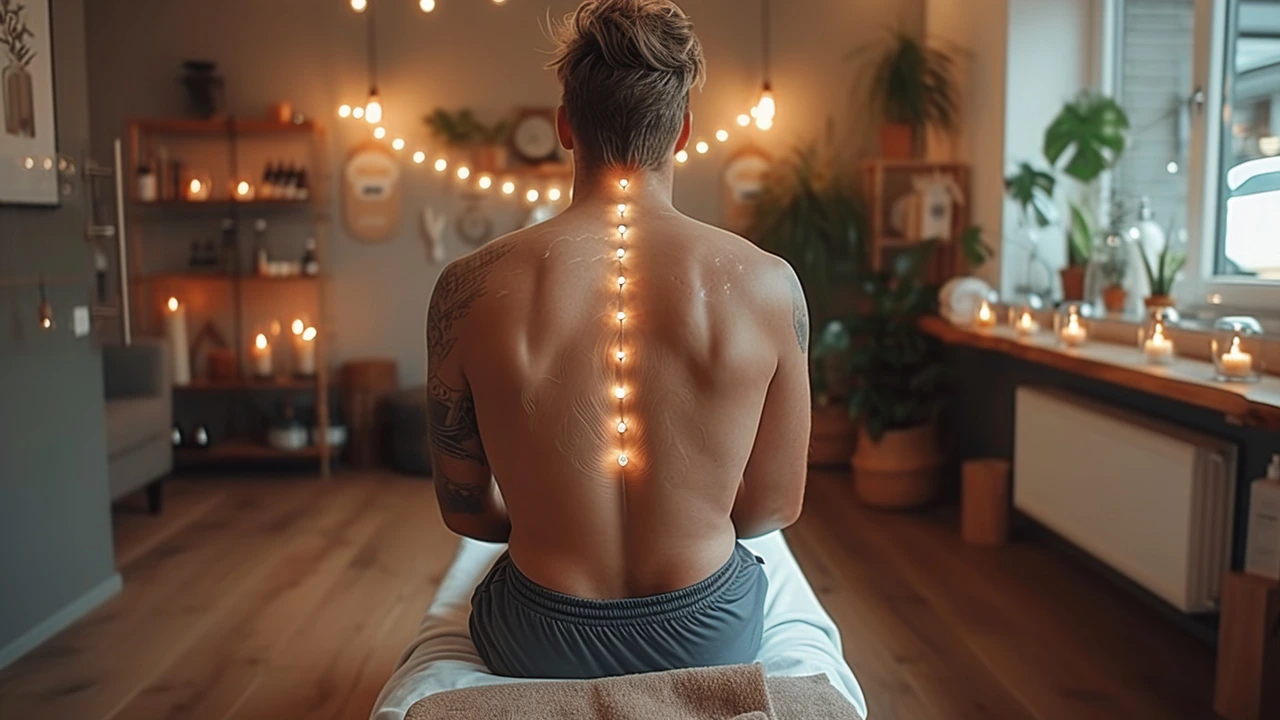Cupping Therapy: What You Need to Know Before Trying It
Cupping therapy has been turning heads lately as a unique way to ease muscle tension and boost relaxation. You might have seen the circular marks it leaves on the skin and wondered what this therapy is all about. Simply put, cupping uses suction cups placed on your skin to draw blood flow to the area. This can help reduce pain and promote healing. It's not just a trendy spa treatment; cupping has roots in traditional medicine and continues to gain attention for its potential benefits.
So, how does it actually work? During a cupping session, therapists place glass, bamboo, or plastic cups on your skin and create suction inside the cups. This suction pulls your skin and tiny muscle layers upward, increasing blood circulation. That extra blood flow can help clear out toxins and bring in fresh oxygen and nutrients. Many people report feeling looser and less sore after a session.
What Can You Expect in a Cupping Session?
If you’re curious about trying cupping, expect a session that usually lasts 10 to 20 minutes. The therapist might move cups gently to give a massage effect or leave them still to target a specific spot. The suction can feel odd at first, a bit like a firm pull, but it shouldn't cause pain. Those round marks you often see are just bruises from increased blood flow; they typically fade in a few days. Don’t worry—they’re normal and a sign that the therapy is working.
Cupping isn’t for everyone, though. If you have sensitive skin, bleeding disorders, or certain medical conditions, you should check with your doctor first. Also, it’s important to find a qualified therapist who knows the right techniques and hygiene standards. A good therapist will explain everything beforehand and tailor the treatment to what your body needs.
Why Try Cupping Therapy?
People turn to cupping for various reasons—relief from muscle pain, improved blood flow, or just a deep sense of relaxation. Athletes often use it to recover faster, while others find it helpful for headaches or tight neck muscles. While the science is still catching up, many users swear by the benefits. If conventional treatments haven’t worked for you, cupping might offer a fresh option to feel better.
Ready to explore cupping? Just remember to start slow, listen to your body, and keep communication open with your therapist. It’s a hands-on way to tune into your body's needs and try something different for relaxation and healing.

- Aug, 18 2023
- 0 Comments
- Charlotte Mayfair
10 Surprising Benefits of Cupping Therapy
Hello there! In today's blog, we will talk about something unusual but incredibly beneficial - cupping therapy. This ancient wellness practice has surprisingly numerous health benefits waiting for us to explore. I'll share 10 surprising benefits of this truly unique therapy, which range from relieving pain to detoxification, and much more. So, stay tuned and let's delve into the world of alternative medicine together.
Read More